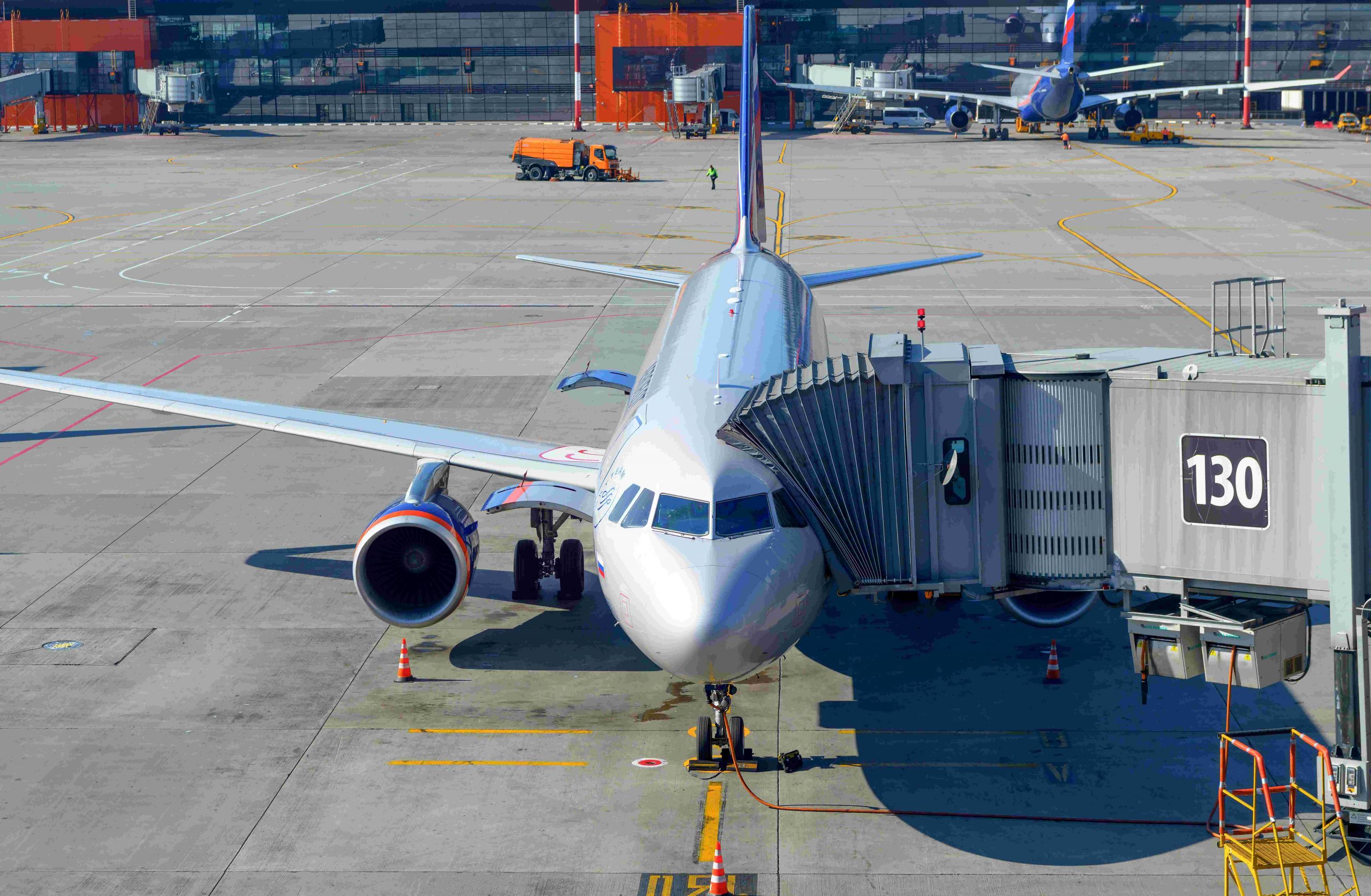The European Commission has suspended 129 airlines from using the EU air space, under its 43rd revised flight-safety catalog.
The list includes 101 airlines certified in 15 countries due to a lack of safety oversight by the aviation authorities of those nations. Additionally, 22 airlines certified in Russia, along with six individual airlines from various countries, face restrictions based on serious flight safety deficiencies. The affected airlines include Air Zimbabwe (Zimbabwe), Avior Airlines (Venezuela), Blue Wing Airlines (Suriname), Iran Aseman Airlines (Iran), Fly Baghdad (Iraq), and Iraqi Airways (Iraq).
The Aviation Safety List (ASL) is a compilation of carriers that do not meet international flight safety standards. Carriers on the ASL are forbidden from conducting flights to, from, and within the EU, including overflights. Airlines that do not operate flights within the EU may also be included in the list to alert the traveling public outside the EU about safety concerns.
Airline Defense Rights Amid EU Flight Safety List Updates
Airlines that have been banned or are under investigation for potential prohibition have the right to express their views, submit any documents deemed suitable for their defense, and make oral and written presentations to the ASC (Air Safety Committee) and the European Commission. This means they can submit written observations, add new elements to their file, and request a hearing from the European Commission or attend a hearing before the ASC, which then formulates its opinion based on the procedures and material submitted before or during the hearing.
EU Flight Safety List
The updated version of the Flight Safety List is available to the public online here. The European Commission also closely collaborates with European and international travel agency associations whenever changes are made to the list. This ensures they can assist passengers in making informed decisions regarding travel arrangements. Additionally, the regulation for the Flight Safety List obliges national aviation authorities, EASA (European Union Aviation Safety Agency), and airports within the EU member states to draw passengers’ attention to the Flight Safety List, both through their websites and, where appropriate, at their facilities.



